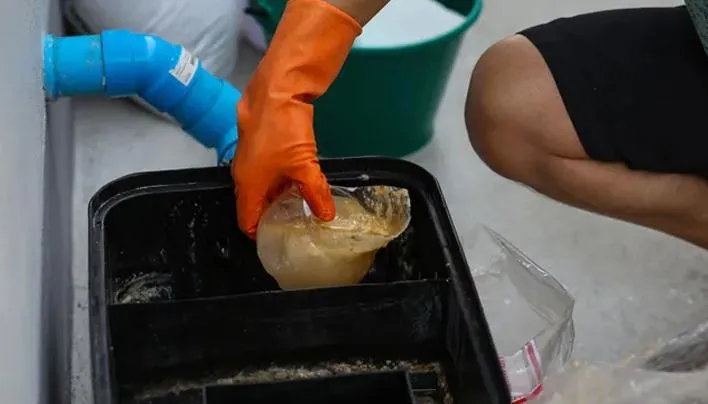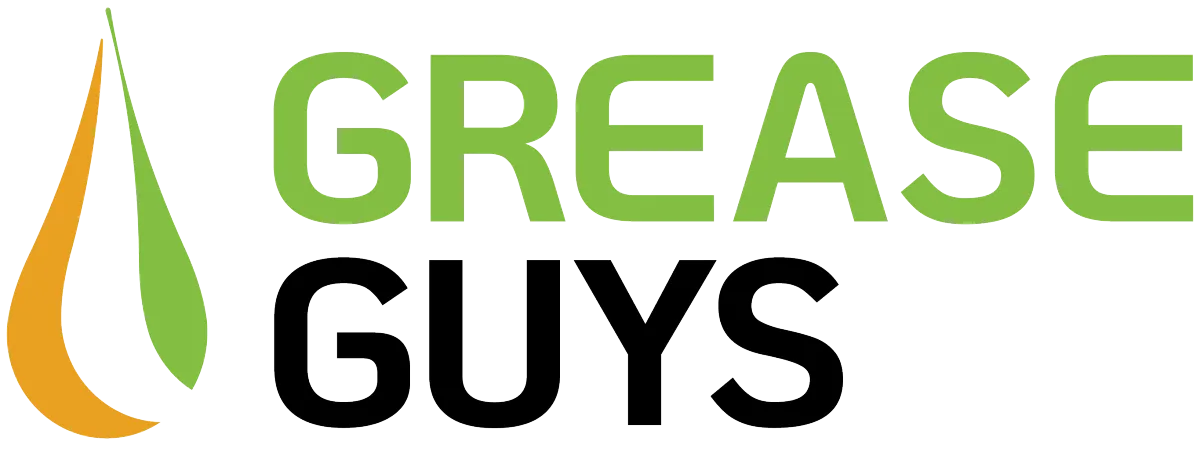Call Us Today!
Blog

What to Do After a Grease Trap Overflow Emergency (First 24 Hours)
Few things can disrupt a restaurant or commercial kitchen faster than a grease trap overflow emergency. It’s messy, stressful, and potentially dangerous — not to mention a compliance nightmare if not handled properly.
A grease trap overflow can shut down your kitchen, contaminate nearby drains, and even trigger health department violations. But the key to minimizing damage and downtime lies in your response — especially during the first 24 hours.
In this guide, we’ll walk you through exactly what to do after a grease trap overflow, how to clean and contain the situation safely, and what steps to take to prevent it from happening again.
You’ll learn:
What causes grease trap overflows
Immediate actions to take within the first 24 hours
Safety and compliance best practices
Common mistakes to avoid
How to work with professionals like Grease Guys for emergency response and prevention
Why Grease Trap Overflows Happen
Before diving into emergency steps, it’s important to understand why grease traps overflow in the first place.
A grease trap (or interceptor) is designed to capture fats, oils, and grease (FOG) before they enter the sewer system. When not maintained properly, the buildup of FOG and solids reduces the trap’s capacity — eventually causing backups and overflow.
Common Causes of Grease Trap Overflow
Infrequent cleaning: The most common cause. If a trap isn’t pumped every 60–90 days, grease solidifies and blocks flow.
Improper installation or sizing: A trap that’s too small for your kitchen volume can fill up faster than expected.
Clogged outlet lines: Solidified grease or food debris can block the outlet pipe, forcing wastewater to back up.
Sudden heavy use: Events, holidays, or catering spikes can overload traps that are already nearing capacity.
Cold weather: In colder climates like Washington, grease hardens faster, increasing clog risks.
When a trap overflows, wastewater and grease can spread across the floor, contaminate nearby surfaces, and even enter municipal systems — creating serious health and environmental hazards.
First 24 Hours: Step-by-Step Response Plan
When a grease trap overflow occurs, time is critical. Follow these steps within the first 24 hours to contain the situation safely and avoid costly damage or violations.
Step 1: Stop Water and Kitchen Operations Immediately
Shut off water and stop all dishwashing, cooking, or cleaning activities. Continuing operations will only worsen the overflow and increase contamination risks.
If possible, isolate the affected area and keep staff and customers away until the source is controlled.
Step 2: Contain the Spill
Use absorbent pads, towels, or spill kits to stop the spread of grease and wastewater. Focus on:
Blocking nearby floor drains to prevent contamination
Setting up barriers or wet floor signs for safety
Keeping grease away from food prep areas
Do not use chemical drain cleaners — they can react with grease, create fumes, and damage plumbing.
Step 3: Call a Licensed Grease Trap Service Provider
Contact a professional grease trap cleaning company immediately. Licensed providers like Grease Guys have the equipment and expertise to safely pump out the trap, remove grease, and restore system function.
They’ll also inspect for damage, identify the root cause, and ensure proper disposal in compliance with local environmental regulations.
Step 4: Notify Management or Compliance Officers
If you operate under a corporate chain, franchise, or multi-location facility, notify your management team right away. Documentation may be required for insurance, environmental reporting, or internal audits.
Keep detailed notes on:
The time the overflow occurred
Areas affected
Actions taken
Service provider contact and arrival time
Step 5: Clean and Sanitize the Area
Once the trap is serviced and the overflow is stopped, deep clean the affected area using an approved degreaser and disinfectant.
Disinfect all floors, walls, and nearby surfaces that may have come into contact with wastewater. Replace contaminated mop heads or cleaning cloths immediately to prevent cross-contamination.
Step 6: Inspect and Repair Plumbing Lines
A professional technician should check the inlet and outlet lines, as well as any associated piping, for blockages or damage. Grease buildup can extend beyond the trap itself.
Step 7: Document the Incident
Record all details of the overflow, including:
Service reports from the cleaning company
Cleanup procedures performed
Photos (before and after, if possible)
Preventive steps planned for the future
This documentation helps with insurance claims, regulatory compliance, and future prevention.
Prevention Strategies After the Emergency
After stabilizing your system, take preventive measures to ensure this doesn’t happen again.
1. Schedule Routine Cleaning
Set up a recurring cleaning schedule — typically every 60 to 90 days — based on your kitchen’s grease volume. Professional maintenance prevents buildup and keeps traps functional.
2. Train Staff on Grease Disposal
Ensure kitchen employees:
Scrape food and grease into bins before washing dishes
Avoid pouring oil down drains
Report slow drains or foul odors early
Education is the most effective prevention tool.
3. Monitor Trap Levels Regularly
Install a grease trap monitoring system or conduct visual inspections. Early detection of high levels can prevent surprise overflows.
4. Use a Reliable Service Partner
Partner with a reputable provider like Grease Guys, who offer:
Scheduled cleanings and emergency service
Documentation for compliance
Proper waste transport and recycling
Local support throughout Washington
5. Evaluate Trap Sizing
If overflows happen repeatedly despite regular service, your trap may be undersized for your kitchen’s capacity. A professional can assess whether a larger interceptor is needed.
Frequently Asked Questions
What causes a grease trap to overflow suddenly?
Usually, buildup from delayed cleaning, undersized equipment, or blocked outlet lines. High kitchen demand can also push a nearly full trap over capacity.
Is it safe for staff to clean up an overflow themselves?
No. While you can contain the spill, professional cleaning and pumping are required for safe removal and environmental compliance.
Can I use hot water or chemicals to clear a clog?
Avoid both. Hot water only pushes grease deeper into pipes, and chemicals can cause corrosion or hazardous reactions.
Will the health department be notified after an overflow?
In many cases, yes — especially if the overflow reaches drains or public areas. Reporting requirements vary by municipality.
How do I know if my grease trap needs cleaning?
If you notice slow drainage, foul odors, or gurgling sounds from sinks or floor drains, your trap is likely full and needs immediate service.
Conclusion
A grease trap overflow can be one of the most disruptive — and expensive — emergencies a kitchen faces. But with quick action, proper containment, and help from professionals, you can minimize damage, maintain compliance, and get back to business quickly.
Remember: prevention starts with regular maintenance, staff training, and a trusted service partner.
Grease Guys provides emergency response, grease trap cleaning, and used cooking oil collection across Washington. Our certified team helps commercial kitchens stay clean, compliant, and operational — even when the unexpected happens.
If you’ve experienced an overflow or want to prevent one, contact Grease Guys today to schedule immediate service or set up a preventive maintenance plan.
OUR SERVICES
TIPS & ARTICLE
GET IN TOUCH
Phone: (855) 227-6060
Email: [email protected]
Address: 3188 Road M.2 NE, Moses Lake, WA 98837
Business Hours:
Mon - Sun: Open 24 Hours
AREAS WE SERVE
© All Rights Reserved • Grease Guys, LLC | Terms of Use | Privacy Policy
